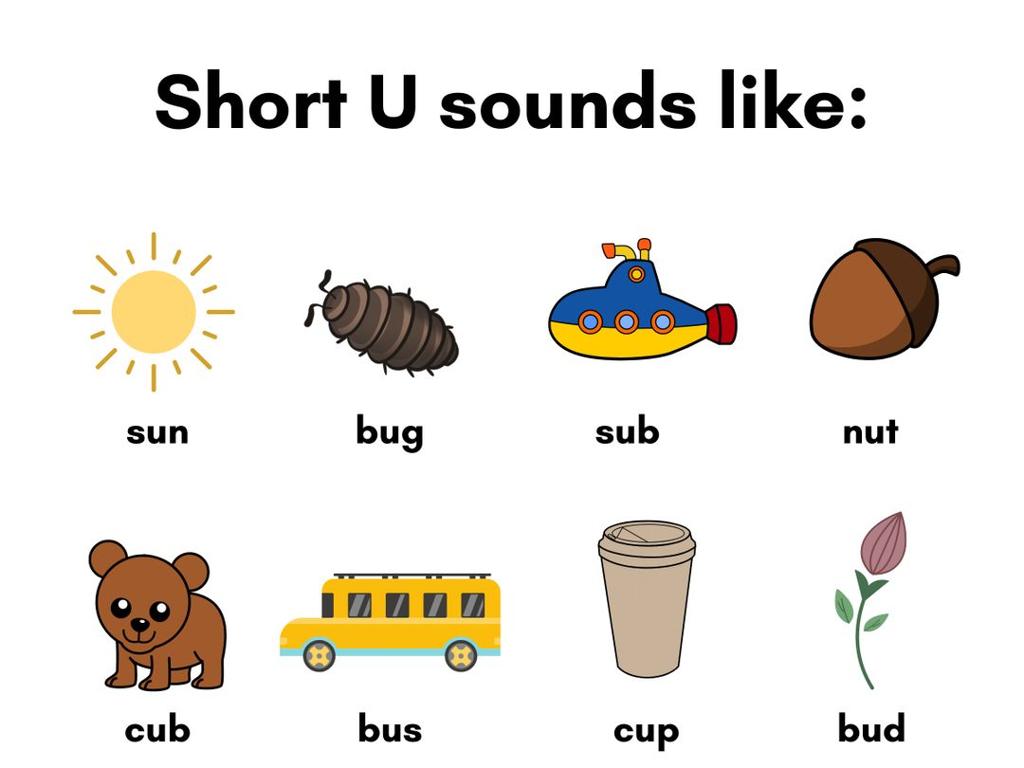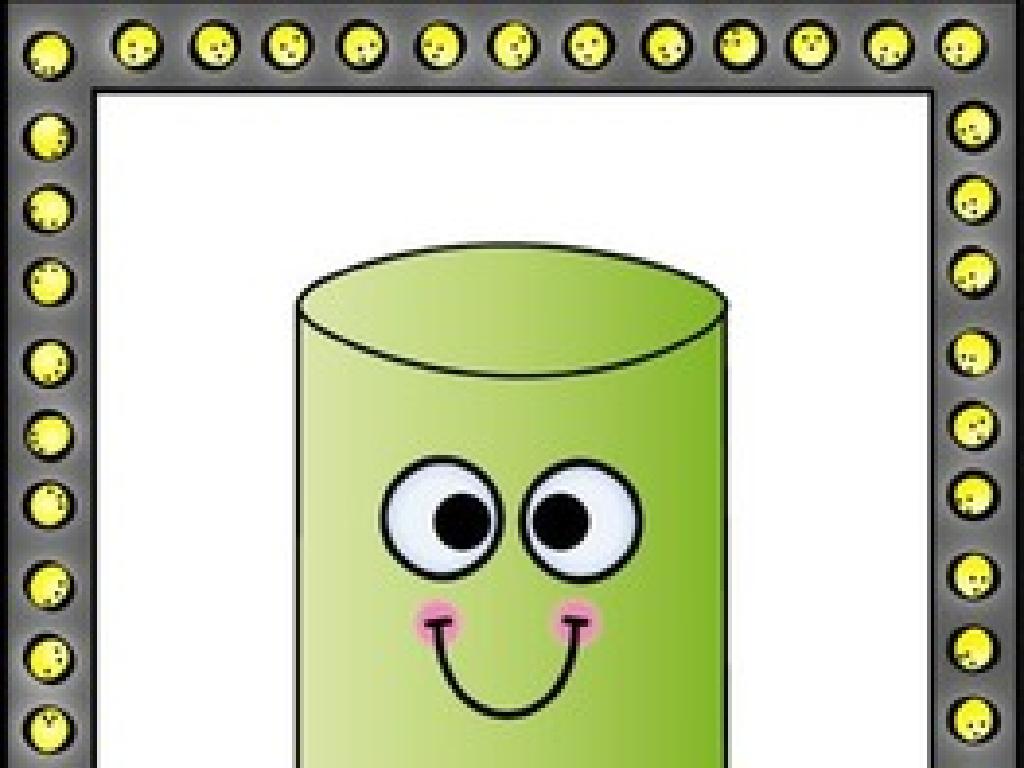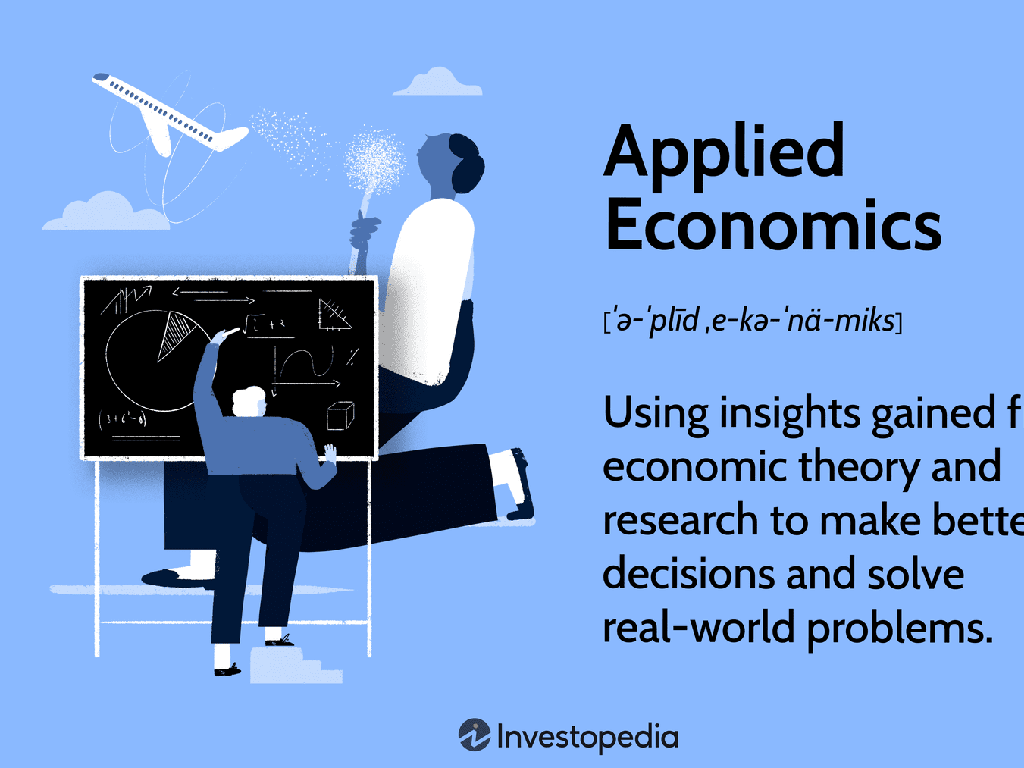Compare Thermal Energy Transfers
Subject: Science
Grade: Sixth grade
Topic: Thermal Energy
Please LOG IN to download the presentation. Access is available to registered users only.
View More Content
Understanding Thermal Energy Transfers
– Difference between heat and temperature
– Heat is energy transfer; temperature measures how hot or cold an object is.
– Defining thermal energy
– Thermal energy is the total kinetic energy of particles in a substance.
– Thermal energy transfer in daily life
– Examples: Sun warming the ground, hand touching ice.
– Exploring conduction, convection, radiation
– Conduction: spoon in hot soup. Convection: boiling water. Radiation: feeling the sun s warmth.
|
This slide introduces students to the concept of thermal energy and how it differs from heat and temperature. Heat is the process of energy transfer due to temperature difference, while temperature is a measure of how hot or cold something is. Thermal energy is related to the movement of particles within an object. Everyday examples, such as feeling the warmth of the sun or noticing that a metal spoon gets hot in soup, help students relate to the concept of thermal energy transfer. Discuss the three methods of thermal energy transfer: conduction, convection, and radiation, and provide relatable examples for each. This will set the foundation for understanding how thermal energy moves and changes form in the environment around us.
Understanding Thermal Energy
– Thermal energy defined
– The sum of all kinetic energy in an object’s particles
– Thermal energy vs. temperature
– Temperature measures how hot or cold; thermal energy is total particle motion
– How to measure thermal energy
– Measured in joules, using calorimeters or thermal imaging
– Significance in everyday life
|
This slide introduces the concept of thermal energy as the total kinetic energy of particles within an object, which is a central idea in understanding heat transfer. It’s crucial to distinguish between thermal energy and temperature, as temperature is a measure of the average kinetic energy of particles, while thermal energy considers the total energy of all particles. Measuring thermal energy can be done with tools like calorimeters, which measure the heat absorbed or released during chemical reactions or physical changes. Emphasize the relevance of thermal energy in everyday life, such as in cooking, heating homes, and understanding weather patterns. Encourage students to think of examples where they experience heat transfer in their daily activities.
Methods of Thermal Energy Transfer
– Conduction: Direct contact transfer
– Heat moves between objects that touch, like a spoon in hot soup
– Convection: Transfer in fluids
– Heat circulates within gases and liquids, like warm air rising
– Radiation: Electromagnetic wave transfer
– Heat travels without a medium, like sunlight warming your face
– Comparing transfer methods
|
This slide introduces students to the three primary methods of thermal energy transfer: conduction, convection, and radiation. Conduction occurs when heat is transferred through direct contact between materials. Convection is the transfer of heat by the movement of fluids, which can be either liquids or gases. Radiation is the transfer of heat through electromagnetic waves, which can occur even through a vacuum. Encourage students to think of examples from daily life for each method and understand that these processes can happen simultaneously. Discuss how different materials are better suited for different types of heat transfer, which is important in both natural and engineered processes.
Conduction in Action: Heat Transfer in Solids
– Heat travel through solids
– Heat moves from warmer to cooler areas within a solid.
– Conductors vs. Insulators
– Metals are good conductors; rubber is a good insulator.
– Cooking with a metal pan
– Metal pans conduct heat to cook food evenly.
|
This slide explores the concept of conduction, a method of heat transfer in solids. Students should understand that in conduction, heat moves from a warmer part of the solid to a cooler part. Discuss the difference between conductors, materials that allow heat to pass through them easily, and insulators, which do not. Use the example of cooking with a metal pan to illustrate how a metal, a good conductor, transfers heat from the stove to the food, allowing it to cook. Encourage students to think of other examples of conductors and insulators they encounter in daily life.
Convection Currents in Heat Transfer
– Heat transfer in fluids
– What are convection currents?
– Movement of warmer fluid rising and cooler fluid sinking
– Observing convection in boiling water
– Boiling water shows hot water rising and cool water descending
– Convection’s role in everyday life
– Convection heats our homes and drives weather patterns
|
This slide introduces students to the concept of convection currents as a mode of heat transfer in fluids, such as gases and liquids. Begin by explaining that fluids transfer heat through the movement of the fluid itself. Convection currents occur when warmer, less dense fluid rises, and cooler, denser fluid sinks, creating a cycle. Use the example of boiling water to visualize this process: as water heats up, it rises to the top, cools, and then sinks back down to be heated again. Highlight how convection is not just a scientific concept but a part of our daily lives, from heating systems in homes to the formation of weather systems. Encourage students to think of other examples where they have observed convection.
Radiation from the Sun: Heating the Earth
– Sun’s role in Earth’s heating
– The sun radiates energy that warms the Earth’s surface.
– Electromagnetic waves transfer heat
– Invisible waves carry energy from the sun to Earth without needing a medium.
– Real-life example: Sun’s warmth
– Just like feeling the sun’s warmth on a bright day.
|
This slide aims to explain the concept of radiation, one of the three methods of heat transfer, with the sun as a primary example. Students should understand that the sun’s energy reaches Earth through electromagnetic waves, which are capable of traveling through the vacuum of space. This is why we can feel the warmth of the sun on our skin even though it is 93 million miles away. Emphasize that these waves are part of a spectrum, and the ones that carry heat are called infrared. Encourage students to think of times they have felt the sun’s warmth intensify, such as stepping out from the shade, to relate to the concept of radiation.
Comparing Thermal Energy Transfers
– Similarities in energy transfers
– All involve moving heat from warmer to cooler areas
– Differences in transfer methods
– Conduction: direct contact, Convection: fluid movement, Radiation: electromagnetic waves
– Most efficient transfer method
– Efficiency depends on materials and conditions
– Environmental examples
– Conduction: pan on stove, Convection: boiling water, Radiation: warmth from the sun
|
This slide aims to compare the three methods of thermal energy transfer: conduction, convection, and radiation. Start by discussing the similarities, such as all methods transferring heat from a warmer area to a cooler one. Then, explain the differences: conduction requires direct contact, convection occurs in fluids with the movement of warmer and cooler areas, and radiation happens through electromagnetic waves. Discuss which method is most efficient in different scenarios, highlighting that efficiency depends on the materials involved and environmental conditions. Provide relatable examples for each method from everyday life to help students understand the concepts. Encourage students to think of additional examples and consider which method is most efficient for specific applications in our environment.
Class Activity: Exploring Heat Transfer
– Observe heat transfer methods
– Gather materials for the experiment
– Metal/plastic spoons, warm water, ice, balls, flashlight
– Conduct heat transfer experiments
– Use spoons in water/ice, shine light on balls
– Compare results from different materials
– Notice how metal and plastic transfer heat differently
|
This activity is designed to help students understand the concept of thermal energy transfer through hands-on experience. They will use metal and plastic spoons to compare conduction, place spoons in warm water and touch ice to explore temperature change, and use a flashlight to demonstrate radiation on the balls. Encourage students to touch the spoons after being in water or ice to feel the thermal energy transfer. Possible variations of the activity could include using different liquids, comparing different metals, or using colored balls to observe the effect of radiation more clearly. The goal is for students to observe that different materials conduct heat at different rates and that there are various methods of heat transfer.
Wrapping Up: Thermal Energy Transfer
– Recap transfer methods
– Discuss class activity observations
– Share what we observed during experiments
– Reflect on today’s learning
– Think about the different ways heat moved
– Engage in Q&A session
– Ask questions about anything unclear
|
As we conclude today’s lesson on thermal energy transfer, start by reviewing the three methods of heat transfer: conduction, convection, and radiation. Encourage students to discuss what they observed during the class activity, such as how heat moved through different materials or how temperature changed over time. Use the Q&A session to assess student understanding, clarify any misconceptions, and reinforce key concepts. This discussion will help solidify their knowledge and ensure they can apply these concepts to real-world situations. Remember to provide examples and answer questions with patience, ensuring all students feel confident in what they’ve learned.






